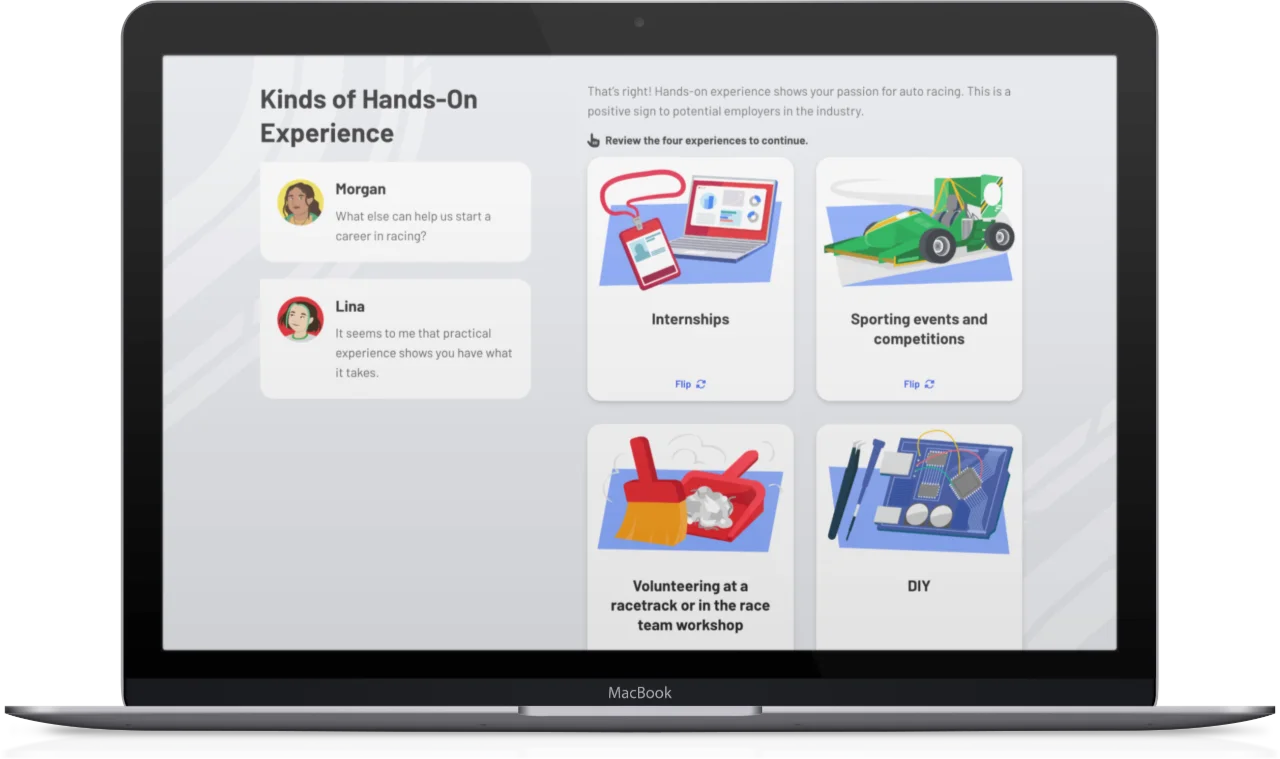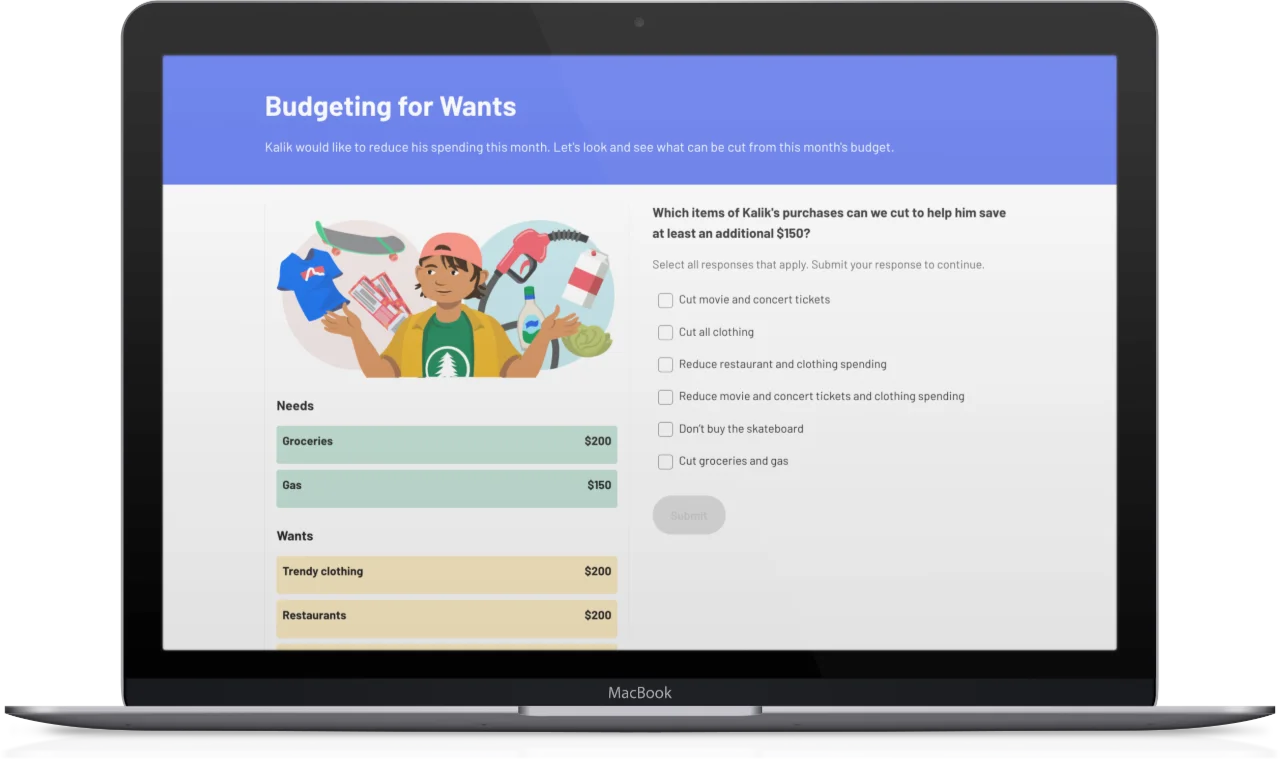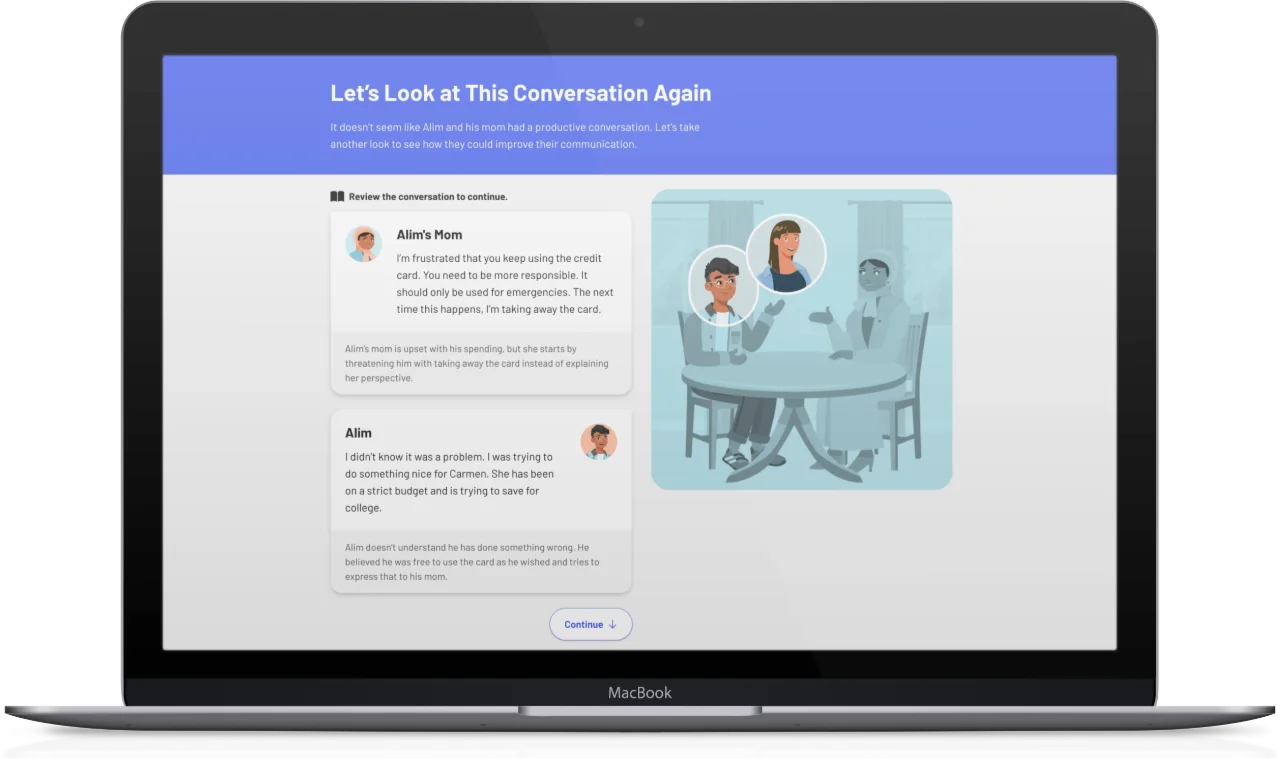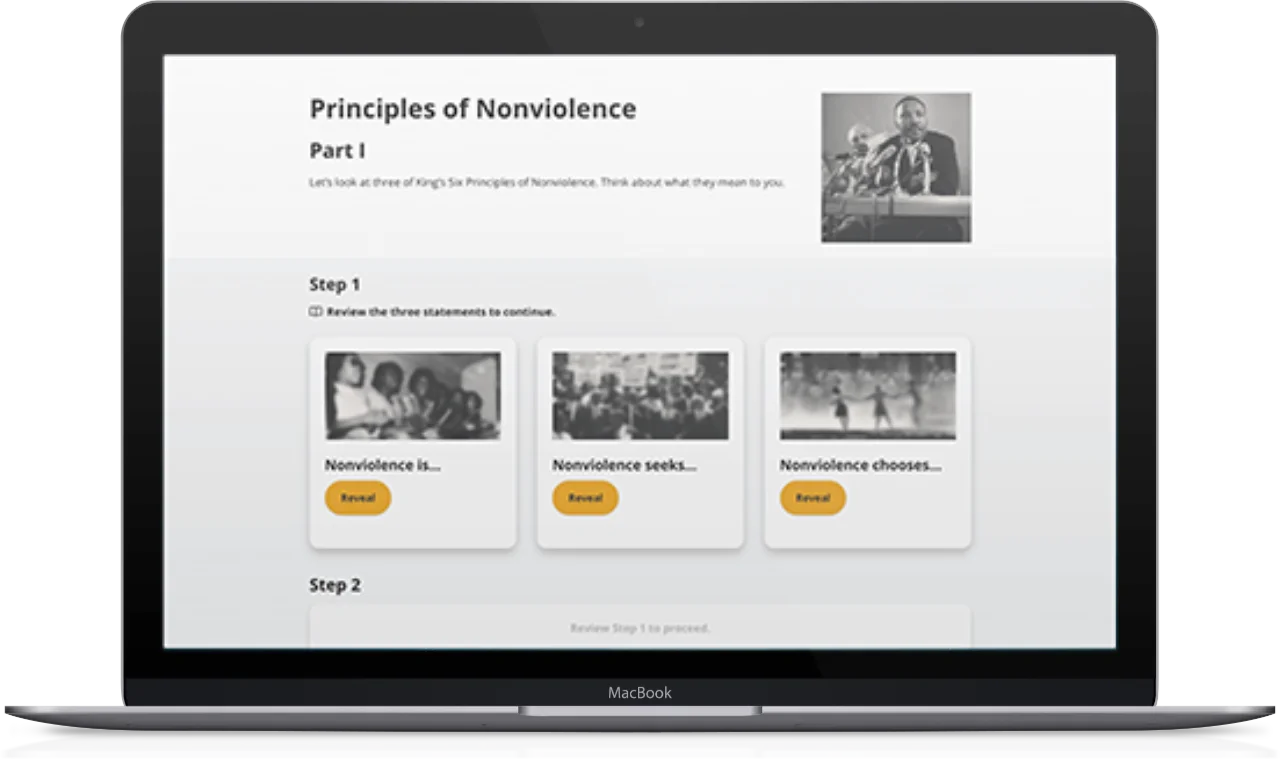New and Updated Products

Building and Moving: STEM Careers
Grade Levels
9th, 10th, 11th, 12th, HS FinLit Suite
Description
This free, brand-new digital course serves as an introduction to advanced manufacturing careers and explores the diverse engineering career opportunities in auto racing. Through interactive real-world scenarios, students identify the benefits of choosing a career in construction, advanced manufacturing, and supply chain and transportation. Students also learn about auto engineering roles and discover hands-on experiences that prepare them for careers in auto racing.

Financial Literacy for High School Students | Free Course
Grade Levels
9th, 10th, 11th, 12th
Description
Everfi’s free high school financial literacy course equips students with tools to manage their personal finances in the real world, from applying for financial aid to establishing credit and investing. Available in Spanish.

Minding Your Money: Skills for Life
Grade Levels
9th, 10th, 11th, 12th
Description
Minding Your Money: Skills for Life is a free digital financial education course that teaches students about different financial stages in life, how money and mental health are intertwined, and how money can affect interpersonal relationships.

306: Continuing the Story | African American History Curriculum
Grade Levels
8th, 9th, 10th, 11th, 12th
Description
This course uses counter storytelling to help students to understand the history of events that have shaped American history by highlighting Black professionals who have blazed trails and made significant contributions to their fields. Available in Spanish.

Econ Foundations: Economics for High School
Grade Levels
9th, 10th, 11th, 12th
Description
This new financial education course brings macroeconomic concepts to life for students through interactive, real-world scenarios. Students explore how the economy impacts individuals and businesses, evaluate the health of the economy using economic indicators, analyze how the government and Central Bank use economic policy to regulate the business cycle, and predict how individuals and businesses will behave in a growing or declining economy.